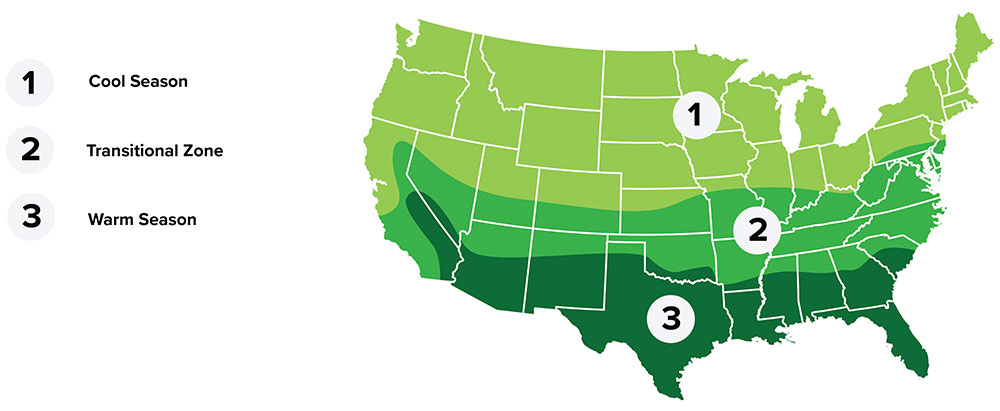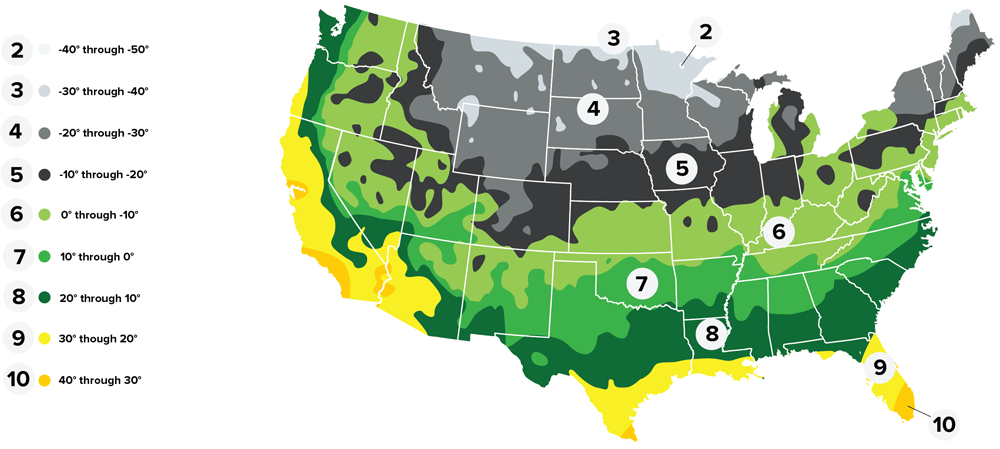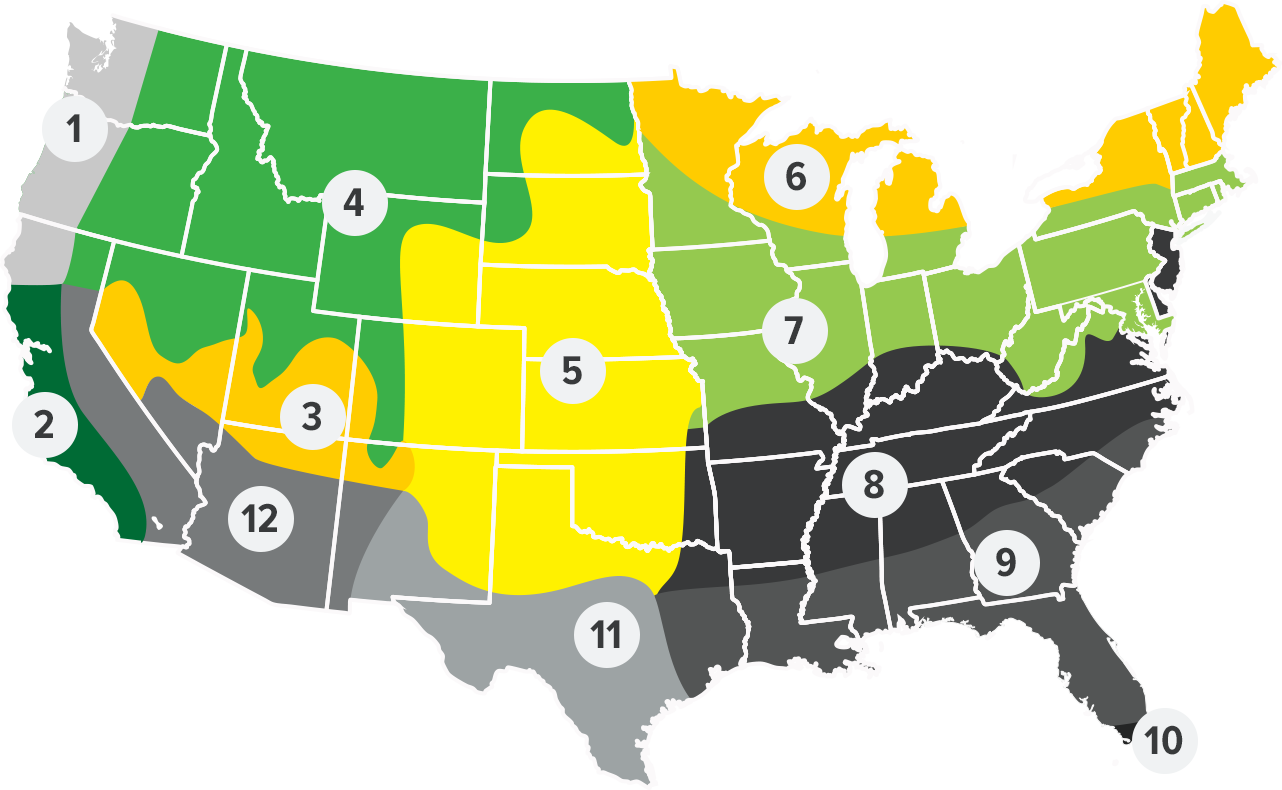RED RIVER CRABGRASS
Crabgrass is a high quality summer annual forage that is well adapted to the southern U.S. Although most often regarded as a weed, it is a valuable source of forage in many grazing and haying systems. ‘Red River’ was developed from a hairy crabgrass species Digitaria ciliaris at the Samuel Roberts Noble Foundation in Ardmore, OK. ‘Red River’ was selected and released based on its improved forage production and forage quality.











